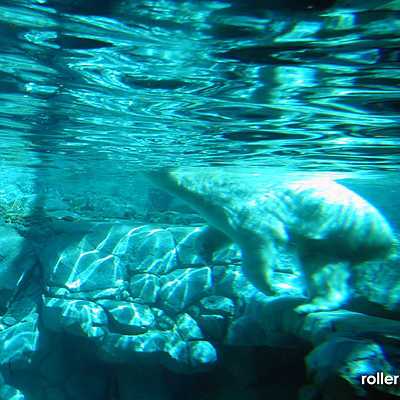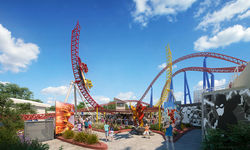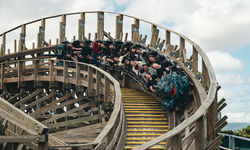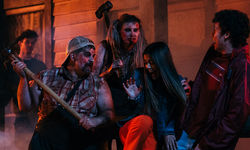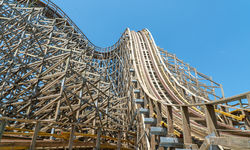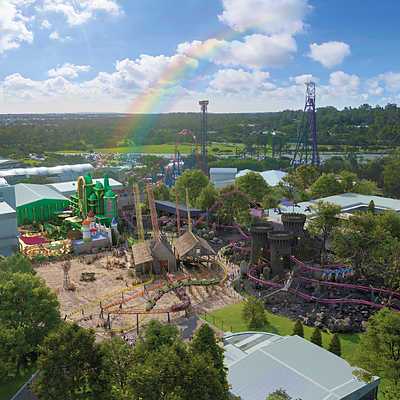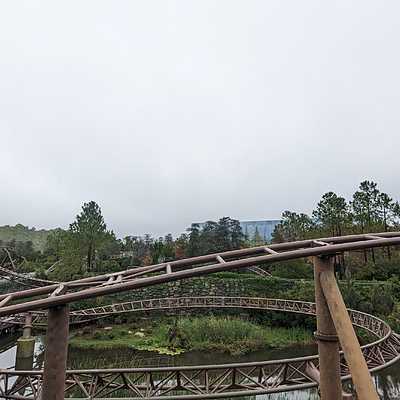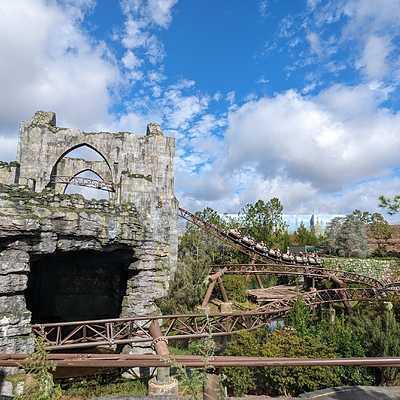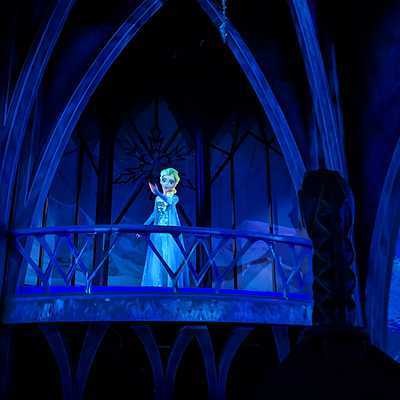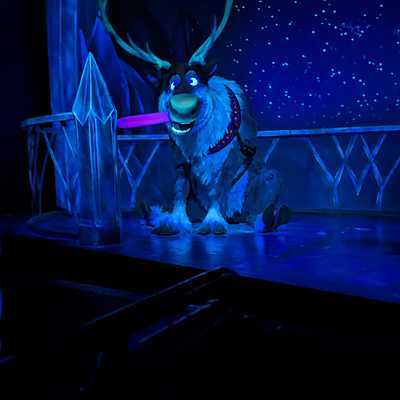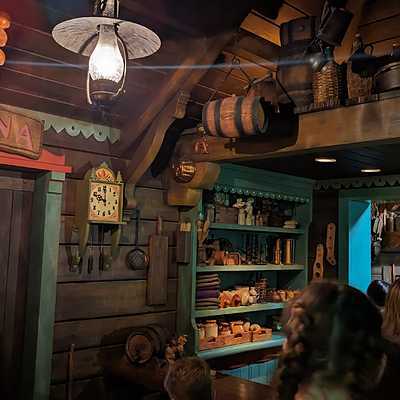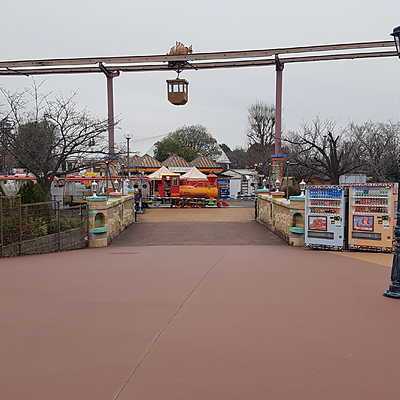Sea World’s Polar Bear Shores
Sea World unveiled its $6 million dollar attraction, Polar Bear Shores in December 2000, which houses Kanook and Ping Ping, two polar bears from Arizona and China, who arrived in November 2002 as well as Polar bear cubs Lia and Lutik who arrived in 2001, both from St Petersburg.
Warner Village Theme Park’s Chief Executive John Menzies said three years of planning and research had paid off with guests being able to observe the four bears in the near natural habitat of Polar Bear Shores and learn more about these incredible marine animals.
“This is no doubt the best polar bear exhibit in the world. We have created a naturalistic and stimulating polar bear environment utilising the latest in polar bear keeping technology and drawing on international research and knowledge,” said Mr Menzies.
“The exhibit features an arctic summer environment, and extends educational frontiers and public awareness about these massive marine mammals, the world’s largest land carnivore, and the conservation issues surrounding them,” he said.
The two older inhabitants of Polar Bear Shores are Kanook (female), an 19 year old female from Reid Park Zoo in Tucson, Arizona and Ping Ping (male), a 7 year old male from Beijing Zoo in China.
While the younger two are two year old brother and sister Lia (female) and Lutik (male), and are 2nd generation born and bred come from Leningradski Zoo Park in St Petersburg, which boasts 100 successful Polar bear births.
Sea World’s Director of Marine Sciences, Trevor Long, believes the young bears will produce a contrast in behaviour from the older bears.
“The cubs will allow guests the opportunity to appreciate and understand all stages of the Polar bear life cycle, which will act as a valuable educational tool and extend awareness about the conservation issues surrounding these magnificent marine mammals,” he said.
All four of the bears have entirely different natures.
“Ping Ping is young and curious, he enjoys exploring his new home, and the waterfalls, creeks and features of the exhibit. Kanook is more laid back, happy to just sun herself on a rock and have a leisurely swim”, said Mr Long.
“The polar bear cubs, who turned two on December 9, are highly active and inquisitive. Both cubs have been enjoying the many aspects of their new home at Polar Bear Shores, swimming, digging and playing with their many toys as part of their behavioural enrichment program”.
Polar Bear Shores now leads the world in providing a naturalistic and stimulating polar bear environment utilising the latest in polar bear keeping technology and drawing on international research and knowledge.
The attraction features natural substrates, typical natural vegetation, rocks and logs, and incorporates chilled water pools, a running stream, shade cover, water misters, wind generators, diving and climbing opportunities, air-conditioned bear quarters and an extensive behavioural enrichment program. The large main pool is up to four metres deep to encourage diving, and is intermittently stocked with fish.
Visitors to Sea World are able to observe the polar bears’ skilled and graceful underwater swimming and hunting abilities through large underwater viewing windows, and are treated to fascinating interpretive information about the animal, delivered by Sea World educators.
Polar bears are listed as vulnerable by the IUCN (International Union for the Conservation of Nature) commonly known as World Conservation Union. This means that this special “sea bear” may move onto the endangered list if the factors which are harmful to its populations in the wild (mainly habitat degradation) continue at their present rate.
A number of zoological parks around the world are playing a part in the conservation of this fascinating animal. For example, the Bear Taxon Advisory Group (BEARTAG) of the American Zoo and Aquarium Association (AZA) is made up of zoo professionals working with bears, and other individuals who have special expertise to share, including representatives from other conservation organisations and government wildlife agencies.
(AZA) BEARTAG is responsible for developing long and short term recommendations for utilising the captive populations of bears in North America as a means to support the conservation of free-ranging bears. A North American regional studbook is maintained on the polar bear (a studbook is a breeding management tool, which ensures that captive breeding is scientifically based).
Featured in this article
Recent articles

Parkz Update
Tue 20 December, 2022
Now trending

Parkz Update
Tue 20 December, 2022
